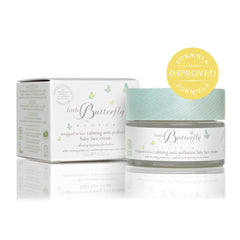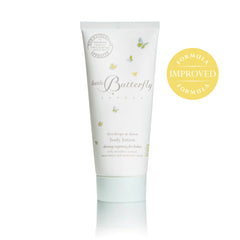Shea Butter
Shea Butter's Nourishing Embrace: Postnatal Skin Care
Shea butter has been used for thousands of years. It was beloved by Cleopatra who used it for her skin and hair, and it’s believed that the butter was carried to her in large clay jars. The Queen of Sheba and Nefertiti used it too. A piece of early evidence shows that shea butter was traded during the reign of King Merenre, around 4,300 years ago.
The butter is a fat derived from the nut of the wild-growing Shea or Karite tree, vitellaria paradoxa, (mainly in West Africa). The gnarled tree starts to bear fruit when it’s 10-15 years old. It reaches full production at about 20-30 years and then produces nuts for 200 years. The tree yields 15-20 kg of fruit a year (resembling large plums), producing 6-8 kg of nuts. Women collect the nuts, shell them, boil the kernels with water and then scoop the butter once it’s solidified. The butter has an off-white/ivory colour and a creamy consistency.

Testing of shea butter in skincare was carried out between 1930 and 1952. In the mid ‘60s, cocoa butter became more of a trend, but shea’s significance has since been reclaimed as a valuable natural substance in skincare. It’s a complex extract that contains oleic, stearic, linoleic and palmitic acids, vitamin E, provitamin A and allantoin. It’s well-absorbed by the skin and has excellent water-binding and soothing properties.
Shea butter is a wonderfully versatile ingredient and, of course, at Little Butterfly London, we only use the organic kind:
Highly moisturising: With a high fat content, shea butter is a wonderful emollient and humectant. Non-greasy and easily soaking into the skin, it creates a soft and smooth barrier that seals in moisture. It’s perfect for dry and sensitive skin.
Anti-inflammatory and healing: With extensive anti-inflammatory properties, shea butter is helpful to skin conditions such as dermatitis, psoriasis and eczema - which make the skin exceptionally dry, flaky or itchy. It calms itchiness, relieves irritation, soothes redness and prevents further dryness. It’s perfect for nappy rash
Stretch marks: Although it’s not possible to completely remove stretch marks, applying a product containing shea butter can help reduce their appearance and interrupt their formation. With its hydrating properties, vitamins A and C, the butter supports elasticity so that the skin is better able to withstand the increase in weight and stretching that happens during pregnancy.
Anti-oxidant: With vitamins A and E, as well as catechins (plant anti-oxidants also found in green tea), shea butter helps to neutralise free radicals, prevent damage to the skin cells and keep the skin healthy.
SPF: Shea butter contains an estimated SPF of three to four. The chemical component that gives it sun protection properties is cinnamic acid. Although this concentration isn’t enough for the butter to provide real sun defence on its own, it’s perfect for layering to give an extra boost.
You’ll find shea butter in the following Little Butterfly London products:


